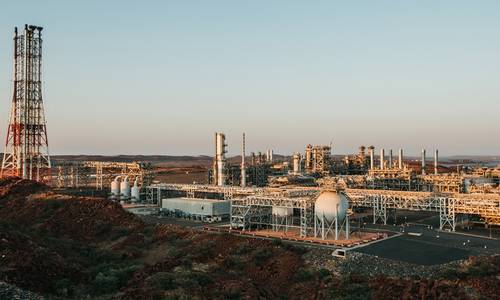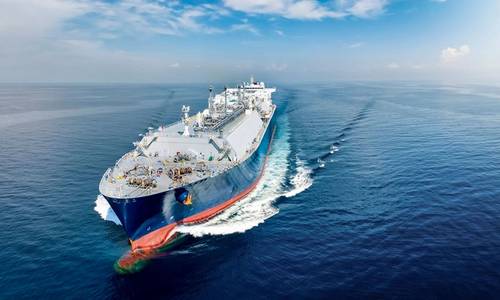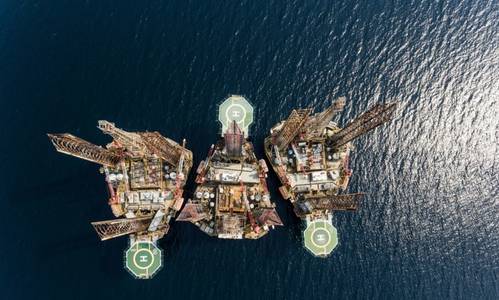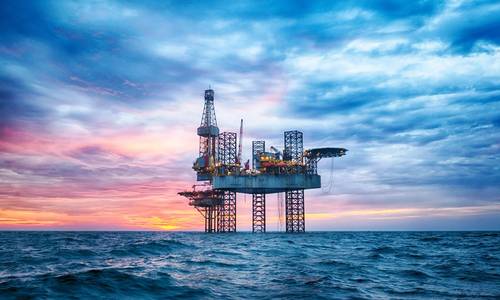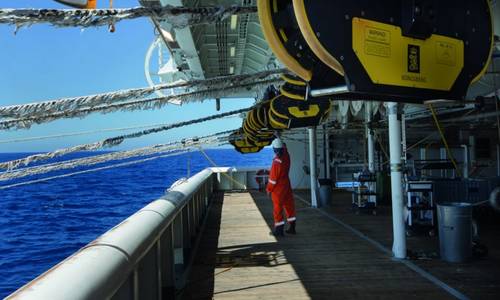Using Ocean Robots to Dive into Offshore Wind Farm Wake Effects
November 25, 2024
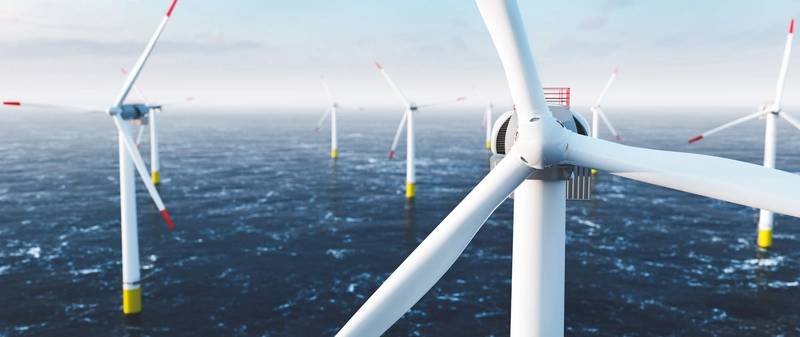
When gazing out to sea from the shoreline from many parts of the UK today you’re increasingly likely to see offshore wind turbines gently turning on the horizon.
These giant structures are supplying an increasing amount of the UK’s electricity mix (<20%), but they could also be mixing up how marine systems function, including the very basis of the oceanic food chain.
To find out if they are, ocean robots (known as gliders) have been quietly patrolling an area of the North Sea, downwind of a major wind farm, off Scotland’s east coast.
Their task is to gather vast amounts of data, from the seabed to surface, that will allow scientists to build an underwater picture of what is happening in the wake of windfarms – and whether the turbulence the turbine blades make in the air translates to the ocean.
PELAgIO - impacts of offshore windfarms
The glider deployment is one part of the PELAgIO (Physics-to-Ecosystem Level Assessment of Impacts of Offshore Windfarms) project, led by Prof Beth Scott of the University of Aberdeen, and funded through the UK’s National Environmental Research Council (NERC) in the Ecological Consequences of Offshore Wind (ECOWind) research programme.
Dr Charlotte Williams a physical oceanographer is leading the fieldwork for NOC to capture data on how windfarms might be impacting the marine environment using gliders and moorings.
Dr Michela De Dominicis and Dr Jenny Jardine, also from NOC and along with colleagues in the Marine Directorate and Plymouth Marine Laboratory, will then use this observational data, combined with state-of-the-art computer simulations, to assess the wider impact of offshore windfarms in a changing climate.
Investigating marine food chain functions
“We know that placing structures in the water changes the mixing close to it as water is disturbed as it flows past,” explains Dr Williams. “But what else is happening? The ocean has distinct layers which are important to how the marine food chain functions.
“During spring and summer months in much of the waters around of the UK, warm water overlies cold water, and this vertical layering determines the growth of phytoplankton, tiny plants which form the very basis of the oceanic food web.
“Changes in the vertical mixing of the water impacts what nutrients and light the phytoplankton have access to. If they’re impacted, it will impact the entire food chain.”
Endurance underwater observation platforms
The gliders, which are typically 1.5-2m long, and the specialist sensors they carry give scientists like Dr Williams a vital glimpse into this world that is otherwise very challenging to observe.
This is because they are relatively low-powered, using changes in buoyancy and their fins, to see-saw through the water column or months on end at depths down to 1,000m.
This starts on pre-programmed routes, but because they reach the surface every few hours, they can be given different missions by scientists on shore via satellite communications.
For this project, two were deployed from Arbroath to head out and patrol the area being studied, an area roughly 70m deep in the Firth of Forth, from April to August 2023, and then from June to August this year.
Low Power, but Packed with Sensors
Despite their small size and low power use, they’re packed with sensors, measuring a range of parameters including oxygen, temperature, salinity, the turbulence in the water, and chlorophyll levels, which tells us about how much phytoplankton there is.
This includes highly sensitive sensors such as a shear probe and a piezoceramic oscillator, which helps to measure turbulence in the ocean by recording extremely small forces at 512 times a second.
From just off Arbroath, they make their own way out to the survey site, around 17 miles offshore. There, they run 10-mile lines, east to west, going up and down in the water column, gathering data as they go to build a three-dimensional picture over time. Every three hours, they surface to ping their data back to shore and check-in for any mission updates.
Establishing an evidence base for offshore windfarms
“The goal is to establish an evidence base to understand the ecological footprint of offshore windfarms,” says Dr Williams. “The data can then be used in models to look at how wind farms might change the marine environment and in a changing climate, to aid planning and decision making around where they are placed.
“There could be an area that it might be best to avoid currently, but then is actually ok to build on in the future.”
They also pick up other data on their journeys. “Last year (2023), this meant we also saw the marine heat wave that UK waters experienced occurring live, as we got data back from the gliders in the Firth of Forth,” says Dr Williams. “Opportunistically, it was fantastic data to be able to gather and really shows the value of having these long-endurance platforms out there working for us.”
While the gliders send their data back in near-real time, analysis of it takes a bit longer, so will have to leave sharing the results of the PELAgIO project for another time.
(Source: Social Media Blog, NOC)


